Meet our CODE_n CONTEST Finalists 2016: Roboception from Germany
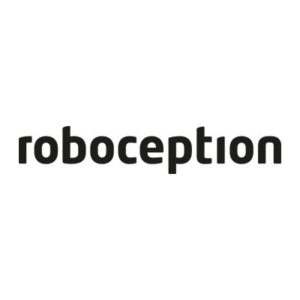
Roboception, one of our CODE_n CONTEST finalists in the Photonics 4.0 cluster, offers innovative navigation, real-time perception, and manipulation solutions for robotic systems. The startups’s innovative sensor solutions enable customers across all robotic fields to generate real-time 3D data products that also revolve around timing and location. It aims for highly intuitive, user-friendly interfaces, parametrization, and programming. As a result – and this is really good news – no detailed knowledge of robotics is required to set up or operate our solutions. Roboception CEO Michael Suppa tells us just how this is done!
What is Roboception all about? How did you come up with the idea?
Michael:Roboception offers innovative real-time perception, navigation and manipulation solutions for robotic systems.
Vision in robotics is a very challenging problem. Today’s vision solutions are nowhere near being as efficient and intuitive as they need to be in order to comply with the rapid advances in the robotics industry. What’s more, a very strong expertise is still required to operate them, hence only real experts can set up these solutions. Last but not least, the robot’s environment must be engineered and adapted in order to achieve robust and reliable operation of a vision system. All of this requires individual engineering, resulting in high cost and limited versatility. Add to that the fact that camera solutions and lasers usually come at a high price (for just the sensor!) so that in combination with the engineering cost, an automation of processes becomes economically unviable, especially for small batches.
We founded Roboception to overcome these drawbacks and make robot vision available to a wide range of both existing and novel applications. It is our mission to enable our customers to equip each of their current or future robots with our solution and to hence allow them to perceive their environment.
Our low-cost innovative sensor solution is combined with an intuitive user interface enabling even non-experts to work with robot vision. From the very first line of code we’ve written, we have been working closely with interaction designers in order to achieve this challenging goal.
Finally, our robotic applications are ready-to-use so that our customers can directly generate value in automating previously manual processes in their production.
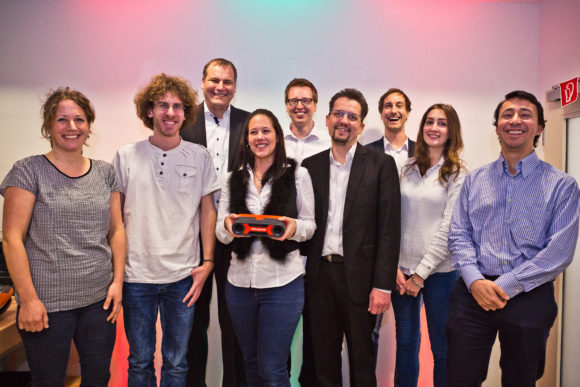
The Roboception Team and Their Product
“Digital Disruption“ – that’s the motto of this year’s CODE_n CONTEST. What makes your solution innovative, what makes it disruptive?
Michael: Apart from the unprecedented robustness of our sensor and the fact that we cover the complete value chain of “Sense.Reason.Act.”, what is truly unique about our product is the usability through non-experts:
The solutions include highly intuitive, user-friendly interfaces, parametrization and programming. Hence, a detailed robotic knowledge is not required for their setup and operation. At the same time, our solution can be applied to literally any robotic system.
Call us ambitious – but we are convinced that our solutions will be a key success factor on the way to robots’ becoming an added value in the everyday life of humanity.
You’re one of the 13 finalists in the Photonics contest cluster. Which challenges do you think young companies have to face in this sector? How do you handle these challenges?
Michael: Photonics is a very broad area activity and the opportunities are tremendous. This can be treacherous especially for entrepreneurs with a lot of ideas.
For young companies, it is very important to clearly define the area of activity and to focus their activities and ambitions on this area – in our case, the field of robotics. We have a lot of ideas of where our technology could also be applied in the future, but for the time being, we are 110% concentrating on the robotic domain.
Inside such a defined field of activity, flexibility is key. Customer requirements change more and more rapidly, and as a young company you need to be able to respond to these changing – and typically growing – demands in a professional and efficient way.
Hence, the key to success seems to find the right balance between focus and flexibility.
You’re a young company and recently just moved into a bigger office. What are your plans for the next months and years to come also concerning partnerships? You have, for example, partnered up with KUKA – a great company that designed Robochop for us last year – what exactly are you working on with them?
Michael: Yes, indeed we have partnered with KUKA, who have not only contracted us to develop a highly specific solution for the 3D-perception of their industrial robots, but have also demonstrated their trust in our competences by becoming a shareholder of our company. For KUKA, our solutions will be a key to addressing new market segments that require more flexible robotic systems – in particular in the general industry.
However, we are also already active in a variety of domains outside the industrial automation and are working with customers around the Globe in domains such as logistics, agriculture, healthcare and service robotics.
Our business is developing in a very promising way, and we are confident to continue growing in the months and years to come.
Thanks so much for talking to us, Michael!


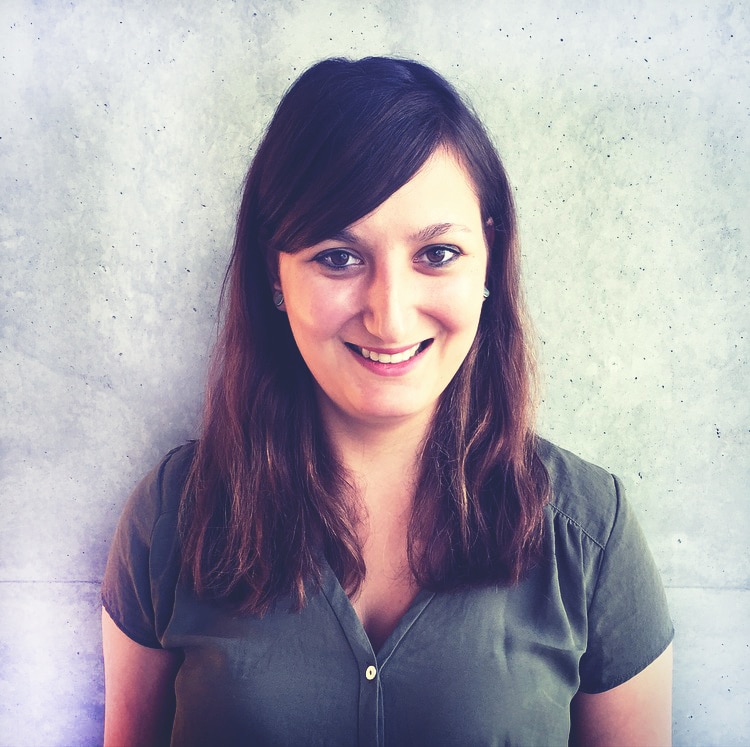
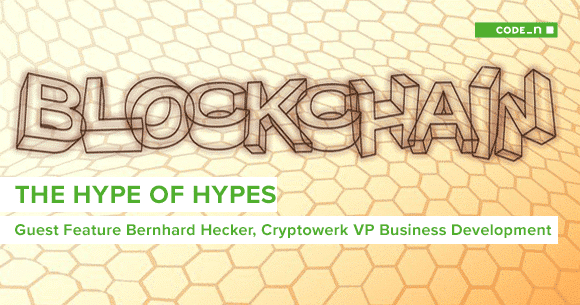
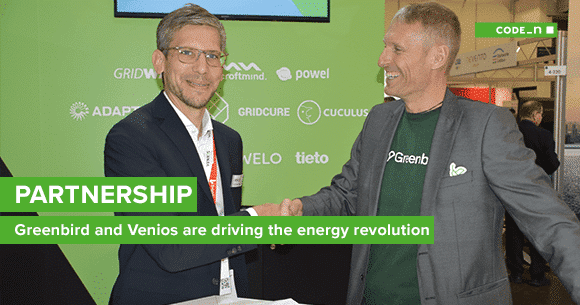
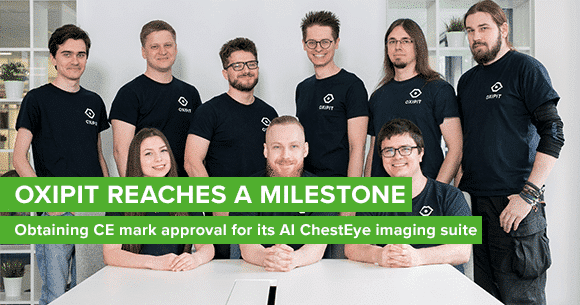
Write a comment